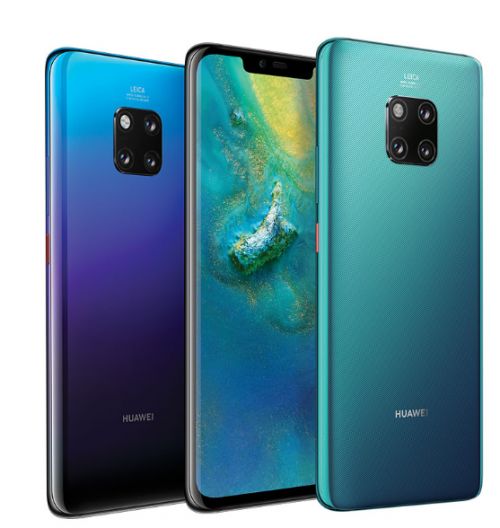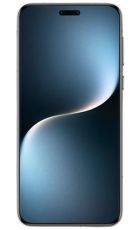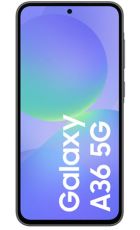We’re coming towards the end of 2018 now and one of the best phones of the year has been saved almost until last. We’re talking, of course, about the Huawei Mate 20 Pro.
We know you’ve already looked at the score so there’s no point in waiting until the verdict below to reveal that this is a great handset.
But there were a lot of great handsets this year, so does the Huawei Mate 20 Pro really have them all beat? And are there any things to bear in mind before buying it? All of that will be answered below, along with a complete look at the specs, features and performance of the phone.
Screen
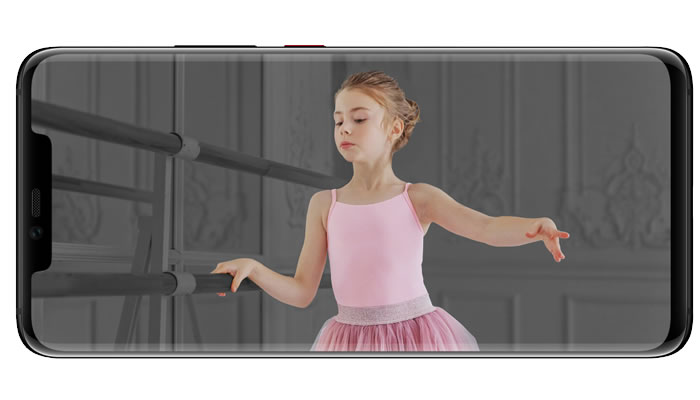
The Huawei Mate 20 Pro has a 6.39-inch 1440 x 3120 AMOLED screen with a pixel density of 538 pixels per inch. It’s very big then, perhaps too big for some, but a great canvas for films, games and app use.
It’s also very sharp. Not really any more so than the likes of the Samsung Galaxy S9 or Sony Xperia XZ3, but in line with them, which is especially worth noting as many Huawei flagships only have 1080p displays.
And it uses AMOLED, which is largely considered to be better than LCD, thanks primarily to its superior contrast. It’s the same screen tech as you’ll find on Samsung’s flagships and the iPhone XS.
The Huawei Mate 20 Pro’s screen also supports HDR, to make content really pop (where supported), and its 19.5:9 aspect ratio is thoroughly modern. And if there were any doubt that you’re looking at a top quality screen, it’s also curved, making it eye-catching too.
Is this the best screen on a phone? Perhaps not. The Samsung Galaxy Note 9 arguably has it beat for sheer quality, but not by much.
Design

We’ve mentioned above that the Mate 20 Pro has a curved screen, and that’s one of the most immediately noticeable parts of its design. As is the notch at the top and the slim bezel at the bottom, leaving an almost all-screen look on the front.
Flip the phone over and the back is glass, while the frame is metal. Speaking of that glass back, it can be quite interesting depending on what colour you choose. Some shades are fairly ordinary, but there’s a ‘Twilight’ option that shifts between blue and purple. It’s a neat trick but one that we’ve seen on a few other handsets now, such as the Honor 10 and Huawei P20 Pro.
There are also some colours that add a textured finish designed to resist fingerprints. Overall whatever colour you go for this is a great looking phone and if you opt for Twilight we’d say it’s one of the best looking available, though not quite as novel as it would have been six months earlier.
It’s worth noting also that the Huawei Mate 20 Pro is IP68-certified, meaning it’s dust proof and water-resistant to up to 1.5 metres for up to 30 minutes. That’s a fairly standard flagship spec these days, but it gives you some peace of mind that it can survive a splash.

Power
At the time of writing the Huawei Mate 20 Pro is probably the most powerful Android phone available, thanks to its octa-core Kirin 980 chipset. That’s clocked at up to 2.6GHz, but more importantly it’s the first 7nm chipset to be used in an Android phone. That smaller size helps ensure it’s faster and more efficient.
The A12 Bionic in the likes of the iPhone XS is also 7nm and has the Kirin 980 beat in benchmarks, but nothing running Android can match it.
The Mate 20 Pro also has 6GB of RAM and dual NPUs (neural processing units), so there’s plenty of power all round.
Camera
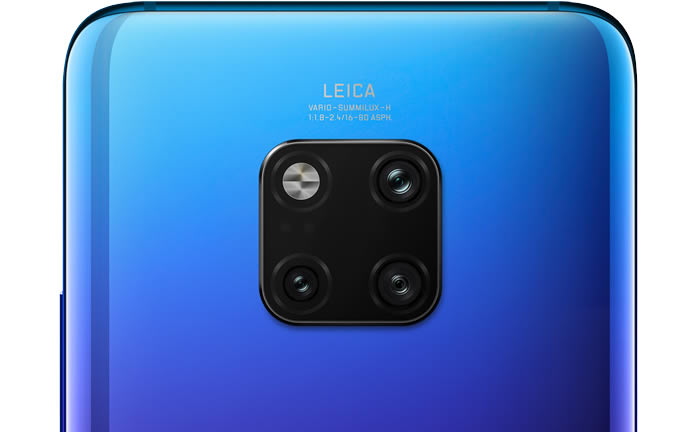
As great as just about everything we’ve talked about so far is, the camera is perhaps the highlight of the Huawei Mate 20 Pro, as it has three lenses on the back
There’s a 40MP wide-angle lens, a 20MP ultra wide-angle one and an 8MP telephoto one. So you can take shots from various perspectives, as well as zooming in.
The camera is packed full of modes and many of the features are AI-powered, helping you get the best out of your photos, but perhaps what’s most notable is the night mode, as this thing can take far more impressive low light shots than most smartphones.
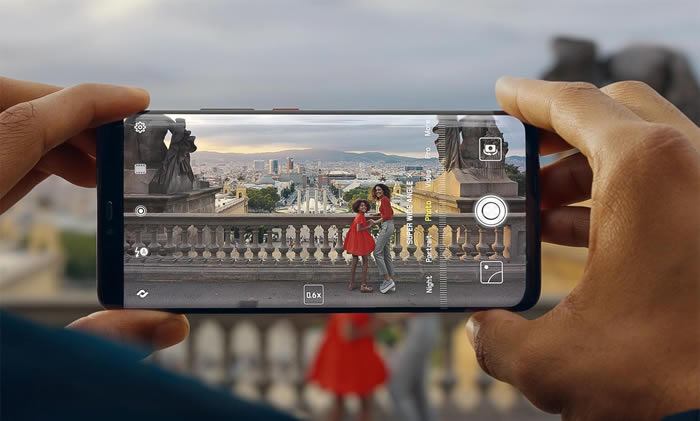
The Huawei Mate 20 Pro also has a 24MP front-facing camera, which is a higher spec than many phones, so selfies also get an upgrade. All in all, it’s one of the very best camera phones we’ve ever come across.
Features
Aside from everything listed above, one of the main features of the Huawei Mate 20 Pro is its in-screen fingerprint scanner. It was one of the first mainstream handsets to have such a scanner and it works well, while also feeling suitably sci-fi.
But if you’d rather unlock the phone with your face you can do that too, with its 3D face unlock feature. This works similarly to Apple’s Face ID and is better than many other facial recognition solutions as it maps your face in 3D, rather than using a 2D image.
The Huawei Mate 20 Pro also runs Android 9 Pie, which means that at the time of writing it’s on the latest version of Google’s mobile operating system.
However, on top of that you get Huawei’s EMUI 9 interface, and this is one of the only weak points of the phone, as while EMUI is feature-packed it’s also clunkier and arguably less aesthetically pleasing than many takes on Android. It’s also known for very aggressive battery management.
Battery life, memory and connectivity
The Huawei Mate 20 Pro has a massive 4,200mAh battery, which is substantially bigger than the batteries in most phones, though of course this also has a bigger screen than most. Still, this is big enough to genuinely get two days of life out of the phone with moderate use – though only just, so you might still want to charge it nightly if you’re unable to during the day.
The Mate 20 Pro supports both fast charging and wireless charging and, weirdly, also lets you use the phone as a wireless charger for other devices. This feels like a bit of a gimmick but could come in handy on occasion.
Memory comes in at 128GB, which is a decent amount but not as much as some flagships. However, there’s also expansion potential. Not through a microSD card slot though, rather the Huawei Mate 20 Pro has a nano memory card slot. It supports cards of up to 256GB but be aware that these are more expensive than microSD cards.
For connectivity, the Mate 20 Pro supports 4G, Bluetooth 5.0 and NFC. It also has dual-SIM support, though you can’t use a second SIM card and a nano memory card at the same time.
Verdict
The Huawei Mate 20 Pro is a fantastic phone with very little working against it other than a high price (though no higher than some rivals) and a slightly bloated interface.
It’s not quite the best for everything, but in most cases it comes very close and as an overall package it arguably is the best phone you can buy, just as long as you’re okay with a huge screen.
From the performance to the camera, design, display, battery, security options and just about everything else, this thing delivers.


